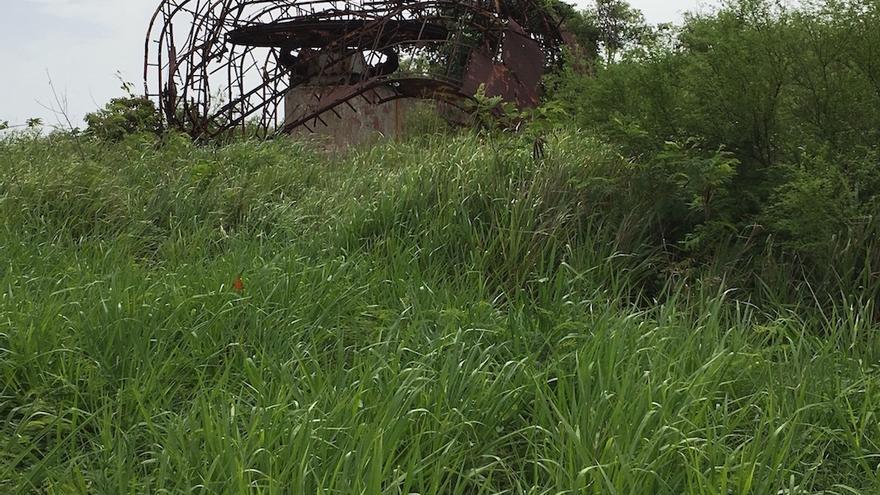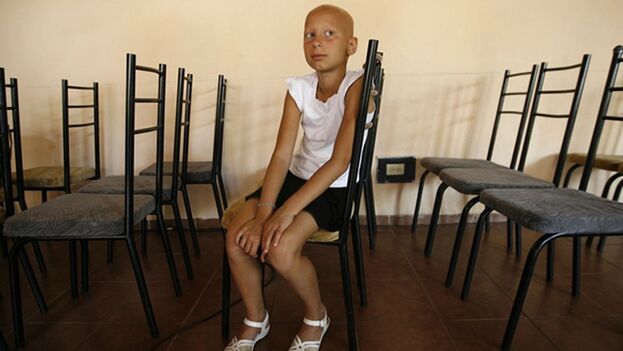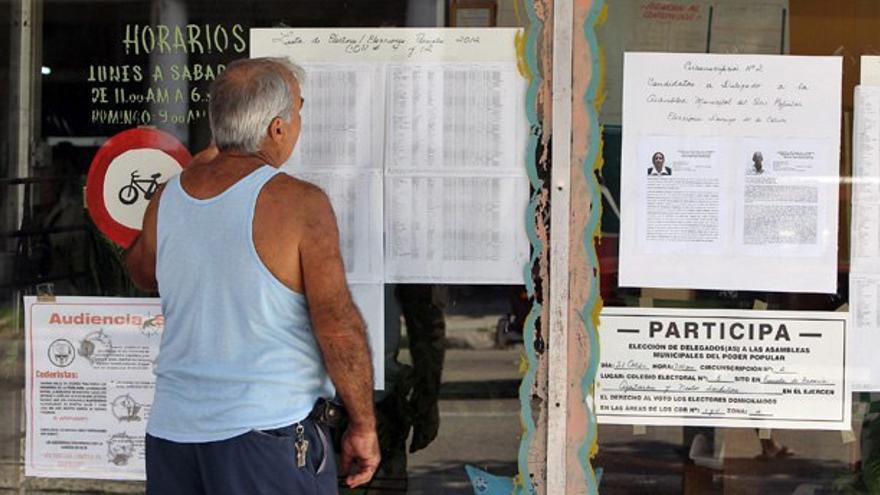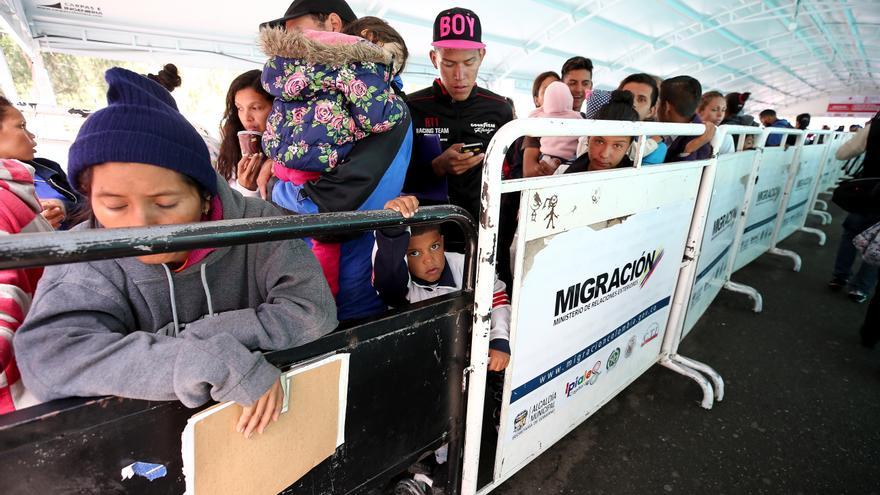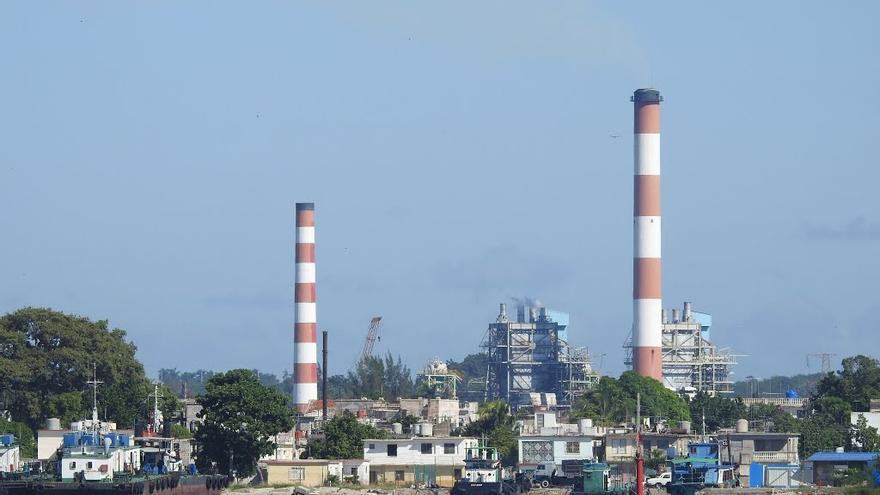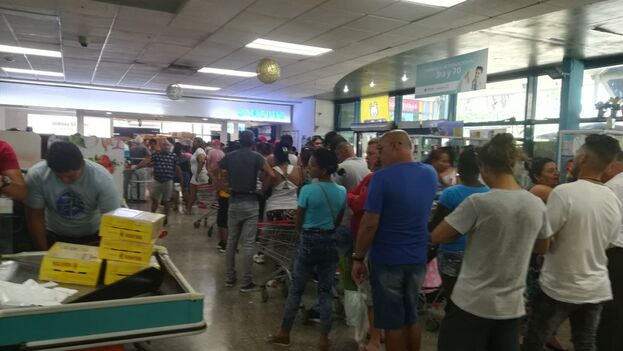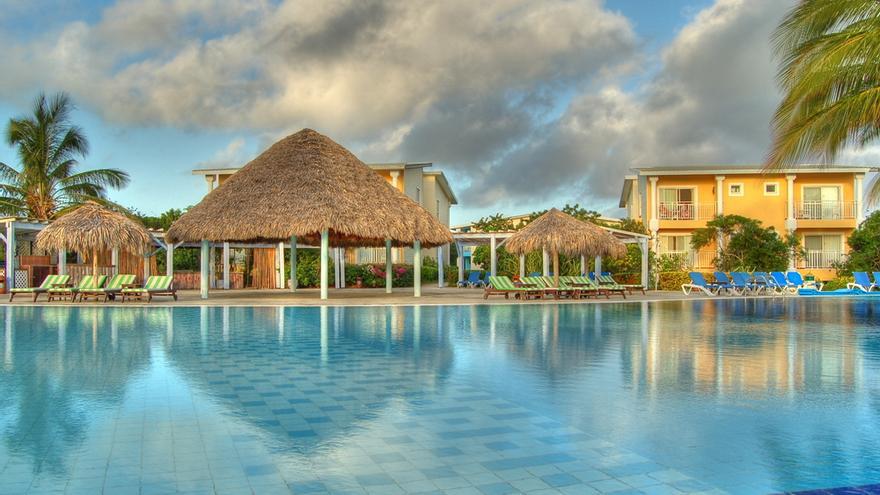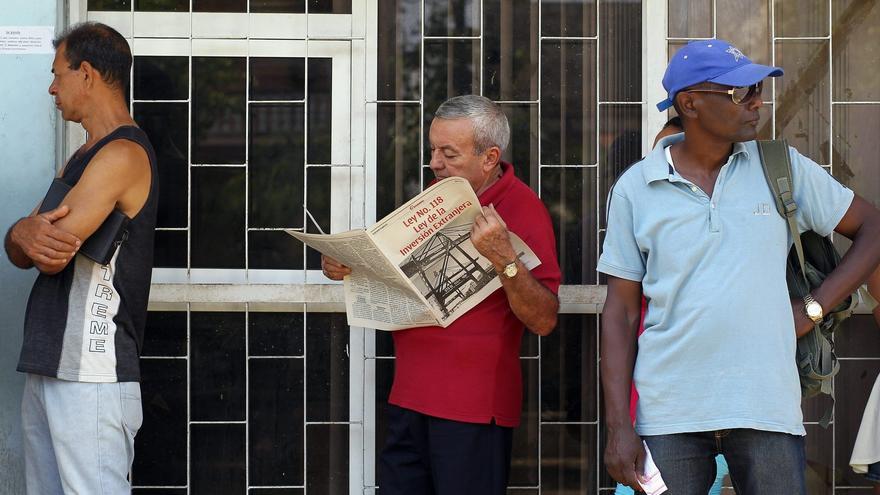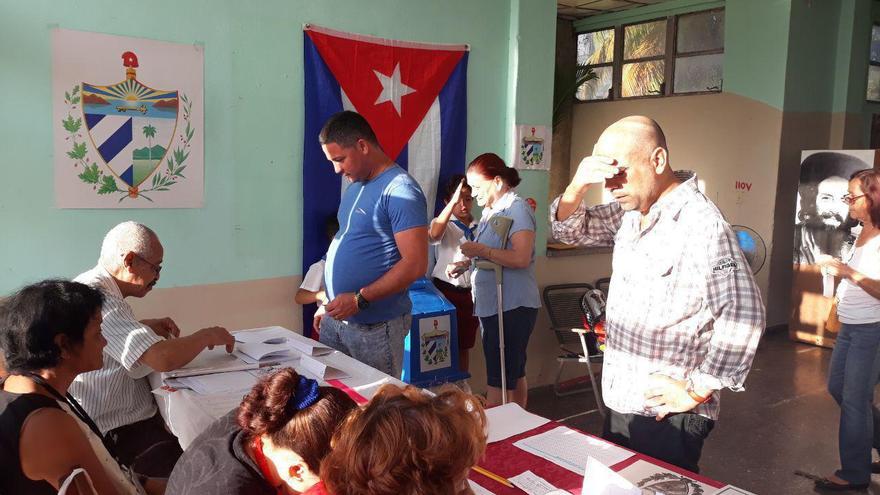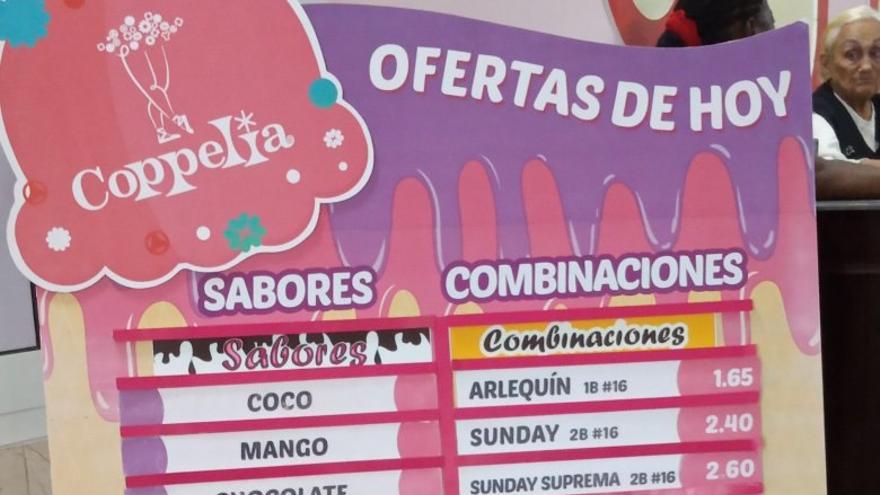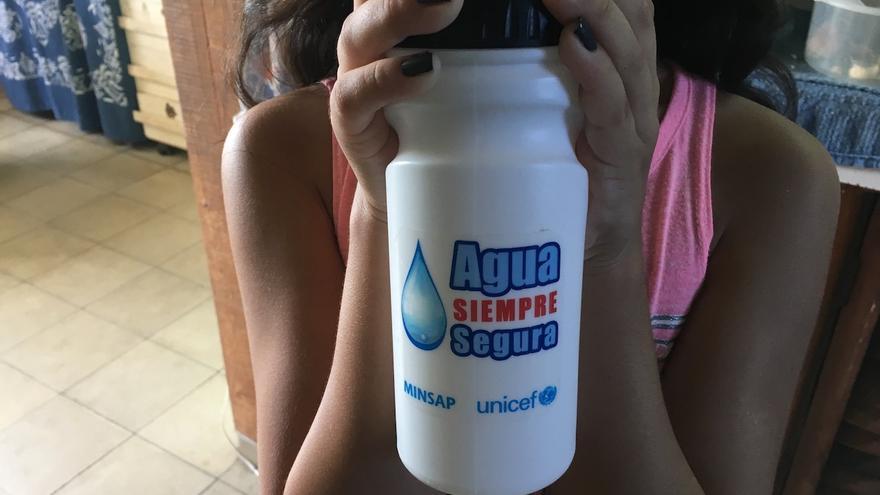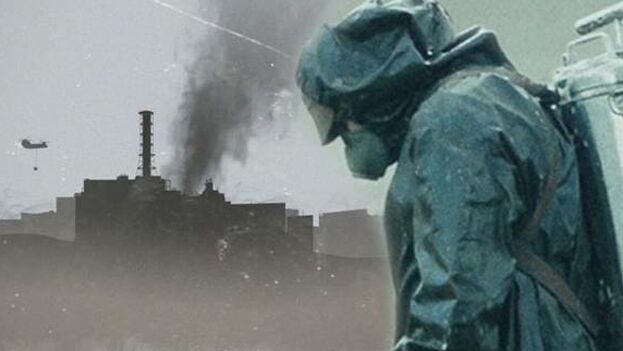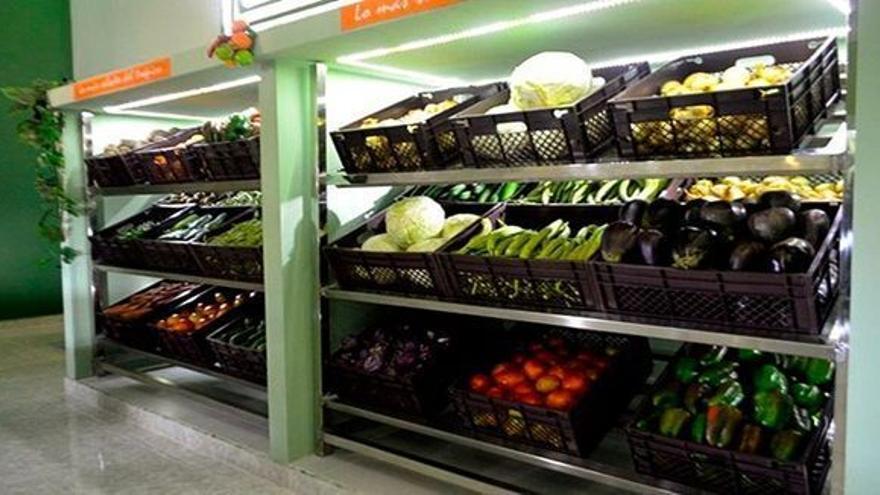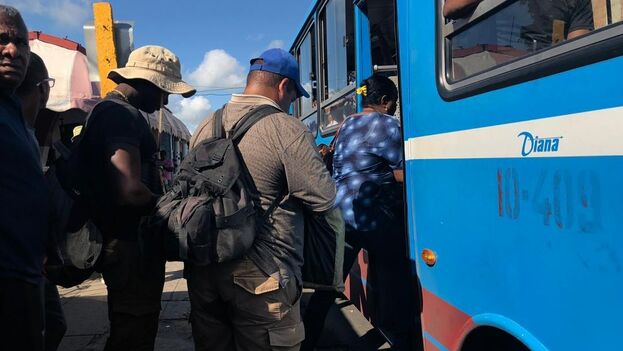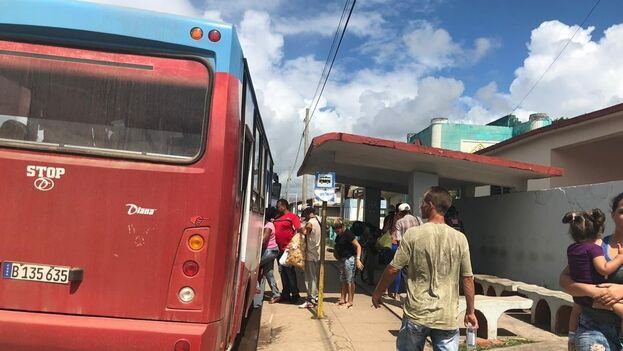With two crevices on both sides of the face, which draw the outline of his jaw and skin burnt by the sun and inclemencies of the Andes, this Venezuelan named Fredy Ramón Castillo, 60, has covered more than 2,000 kilometers from Valencia, in the state of Carabobo, to the main entrance to Ecuador and has spent eight days walking.
“My salary wasn’t enough to buy medicine and I decided to leave Venezuela to help my mom,” he says before breaking into tears over his situation, shared by some 2,000-3,000 compatriots, up to 5,000 on critical days, who cross this border. continue reading
It’s a border that in 2018 alone was crossed by more than a million Venezuelans, of whom more than 220,000 did not register their exit from the country through official points, according to official data.
Venezuela, in the last five years, has faced a grave economic crisis, aggravated by shortages in food, medicine, basic products, and services like electricity or potable water, insecurity, which has led more than four million to leave their country and swell the biggest and fastest movement of people in recent history in Latin America.
Ecuador is the fourth largest recipient of Venezuelans in Latin America after Colombia, Peru, and Chile, and has an estimated population of more than 300,000 Venezuelans, a figure that could approach half a million by the end of the year, according to predictions by its Ministry of Foreign Affairs.
It is also the country in the region that receives the most emigrants in proportion to its size and number of inhabitants.
Every day about twenty buses arrive at the border with Ecuador from Colombia, where the exodus to the South American region begins, although many individuals alone or in groups make the trip on foot. That’s the case for half a dozen men and women in their twenties, who arrive almost in a faint at the territorial border with two babies, and their lives in barely two suitcases on wheels and several bundles they have taken turns carrying on their long journey.
“We started 19 days ago,” Edison Mendoza, from the state of Lara, tells Efe, with his one-and-a-half-year-old daughter asleep on his lap.
His goal is also to get to the Peruvian capital, where he has family members, after having ruled out Ecuador, “because not having anything to eat has motivated us to travel all this way, and what we don’t have.”
According to a recent report tracking the flow of the Venezuelan population in Ecuador by the International Organization (OIM), 54.4% of the Venezuelans began their journey between one and seven days before arriving at the main entry ports, with their average cost being between $100 and $500.
Also, 46.3% travel alone, 42.9% with family members, and 10.6% with non-family groups, and 33.8% of those surveyed at the border expressed their desire to remain in the country, 52.3% plan to settle in Peru, and 12.4% in Chile.
With a dollarized economy and a regular delivery of remittances to Venezuela averaging $20, Ecuador has become, for many, an option to start from nothing.
The profile of those currently entering this country is changing in relation to recent years, as international bodies emphasize, with an increase in women (44.7%), and the vast plurality with only a high school diploma (43.6%), while in previous years the number of college graduates was greater.
“We can say that in the first stage of the movement were the heads of families, and now since a year ago they had their economic resources and can manage a family reunification,” Vladimir Velasco points out to Efe. Velasco is the district director of the Ecuadorian Ministry of Social Inclusion (MIES) in the border city of Tulcán, adjacent to Rumichaca.
A few meters from the international bridge, at the common divide, a bus chartered by OIM makes its last stop on the trip from Colombia and on its steps, a worker from the organization tells the Venezuelan passengers descending to separate into groups of those staying in Ecuador and those who will continue on to Peru, which since Saturday has required a humanitarian visa.
Near the group of recent arrivals, three young Venezuelan porters hope to get a few coins by helping the migrants carry their belongings to the area where they must go to sort out their documentation.
They receive pesos and dollars of the new kind from emigrant passengers, that they throw to them, “some days we come, others no,” says Lewis Cuello, from Caracas. If they are lucky they can even send something to family in Venezuela, the so-called Bolivarian Republic.
On both sides of the crossing several buildings of international organizations like Acnur, Unicef, International Red Cross, World Food Program, ONG, local governments, and ministries have become for many of the travelers a stop and boarding house on their journey.
Children use play spaces and older people charge their cellphones at an authorized point, get their health checked, or simply receive food during a wait that can last several hours. The majority of the travelers who cross the Ecuadorian border do it with identity cards and passports, although 2.5% do not have documents, especially minors, the responsible entities state.
Between the beginning of February and the end of March of 2019, the Ecuadorian government demanded that Venezuelans entering the country present their stamped criminal records, a measure suspended by the law.
Despite leading regional forces to confront the phenomenon, advocating for flexibility and “open arms” policies toward the vulnerable population, Ecuador’s president, Lenín Moreno, has announced that a humanitarian visa will be required, following the Peruvian example.
From Rumichaca each day between four and eight humanitarian buses, depending on the demand, depart for Huaquillas, on the border with Peru, a flow that could slow down once the provision adopted by Lima goes into effect.
A small square that hosts the humanitarian installations at the crossing with Colombia has become a big waiting area where Venezuelan families crowd with their belongings.
Génesis Camacho, 24 and a native of Zulia, waits her turn to be able to feed her small son thanks to the Food Bank. She traveled with her husband by bus and is thinking of settling in Ecuador where her entire family is already. “We were the last,” she says.
There are more and more cases of mothers migrating with their children, the elderly, and disabled people who, at an earlier stage, did not consider it.
A “growing” tendency, according to the deputy high commissioner of the UN for Refugees (Acnur), Kelly Clements, who in her first visit to the Andean country told Efe that the majority of the Venezuelans on the move throughout the region need “international protection.”
The massive exodus of Venezuelans was accelerated starting in 2016, and has increased in the last two years, in parallel with the power struggle between the Chavista leader Nicolás Maduro and Juan Guaidó of the opposition, who is recognized as interim president by more than 50 countries.
As almost everywhere on the continent, many begin at a crossroads with a sign that pleads: “I’m Venezuelan, I’m hungry, please help me.”
Translated by: Sheilagh Herrera
______________________
The 14ymedio team is committed to serious journalism that reflects the reality of deep Cuba. Thank you for joining us on this long road. We invite you to continue supporting us, but this time by becoming a member of 14ymedio. Together we can continue to transform journalism in Cuba.
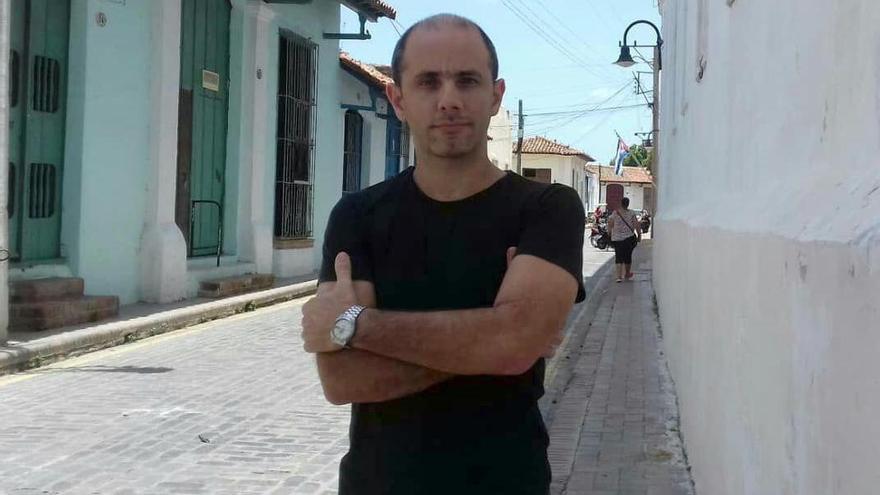
![]() 14ymedio, Havana, 19 June 2019 — The authorities again prevented the independent journalist Henry Constantín from leaving the country, as he prepared to attend the next General Assembly of the Organization of American States (OAS), in Colombia. The director of La Hora de Cuba will not be able to participate in the event because he is “regulated” — Cuban State Security’s preferred euphemism — and can not travel outside the country, according to Constantín himself speaking to 14ymedio.
14ymedio, Havana, 19 June 2019 — The authorities again prevented the independent journalist Henry Constantín from leaving the country, as he prepared to attend the next General Assembly of the Organization of American States (OAS), in Colombia. The director of La Hora de Cuba will not be able to participate in the event because he is “regulated” — Cuban State Security’s preferred euphemism — and can not travel outside the country, according to Constantín himself speaking to 14ymedio.
